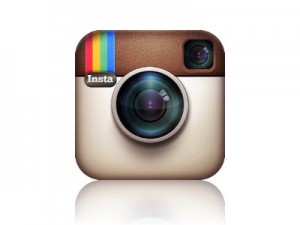Instagram is a photo and video sharing social networking service that has recently started to gain a lot of value in the eyes of social media marketers. In fact, the more experience a marketer has, the more they turn to using visual platforms like Instagram or Pinterest.
Only 15% of marketers with less than 12 months experience utilize Instagram in their social marketing strategy. However, for those with 1 or 2 years of experience, that number increases to 26%. It doubles yet again for marketers with more than 5 years of experience to 47%. So what do they know that the others don’t?
Marketing’s Future is Visual.
A large part of being a successful marketer on visual platforms requires an understanding of how hashtags work and being able to use them effectively. Simply put, hashtags are how potential customers will find the content you share.
People who have never heard of your company can still stumble on your content by searching for a common interest. For example, say you are a travel company and you share a beautiful picture of a beach in Jamaica during a sunset. Some appropriate and popular travel-themed hashtags might be, #travelbug, or #destination, or even simply #Jamaica. Anyone looking for pictures using these keywords can then find your picture.
Perhaps they look through several of your beautiful photos and decide to follow your feed. Perhaps they decide to share your picture with their friends, who also like traveling. Your online presence gets extended, simply because you used an intriguing photograph and some smart hashtagging.
The most important rule of using hashtags is to avoid over usage. Hashtag spamming is a real turnoff to many people, as it becomes obvious you are only trying to benefit from as many keyword searches as possible. It makes you seem desperate for attention and is a fast way to get blacklisted. Keep your hashtag usage to between five and seven, as long as they are relevant. You are also provided space to write a blurb or caption for the content you are sharing, so remember to use that space for a general explanation of the photo and hashtags only for important keywords.
If you need inspiration, try looking at what other large and successful companies are doing with their own feeds. The one trend among them all is that they are using their hashtags sparingly. Some examples:
– Nike posted many pictures of children playing soccer in the streets during the 2014 World Cup. All of their photos featured only 1 hashtag: #justdoit.
– Starbucks follows the rule mentioned above, usually involving the name of one of their beverage offerings. But they also use images of non-coffee products, their granola bars or trail mix and use tags that are still relevant, like #glutenfree.
– Whole Foods posts photos of food and will only use 1 or 2 hashtags, usually to highlight one of the specific food items in the picture. They do not hashtag every food item, but choose a standout to showcase in the photo.
Instagram is a great social networking tool that virtually puts you in the driver’s seat in controlling your visibility and reach. Use hashtags poorly and you ensure that no one will ever find your content. Use them wisely, however, and it becomes a new (and free) tool for expanding your online presence. If you would like help setting up your own Instagram feed or have questions about how to use hashtags to your advantage, please contact us.



